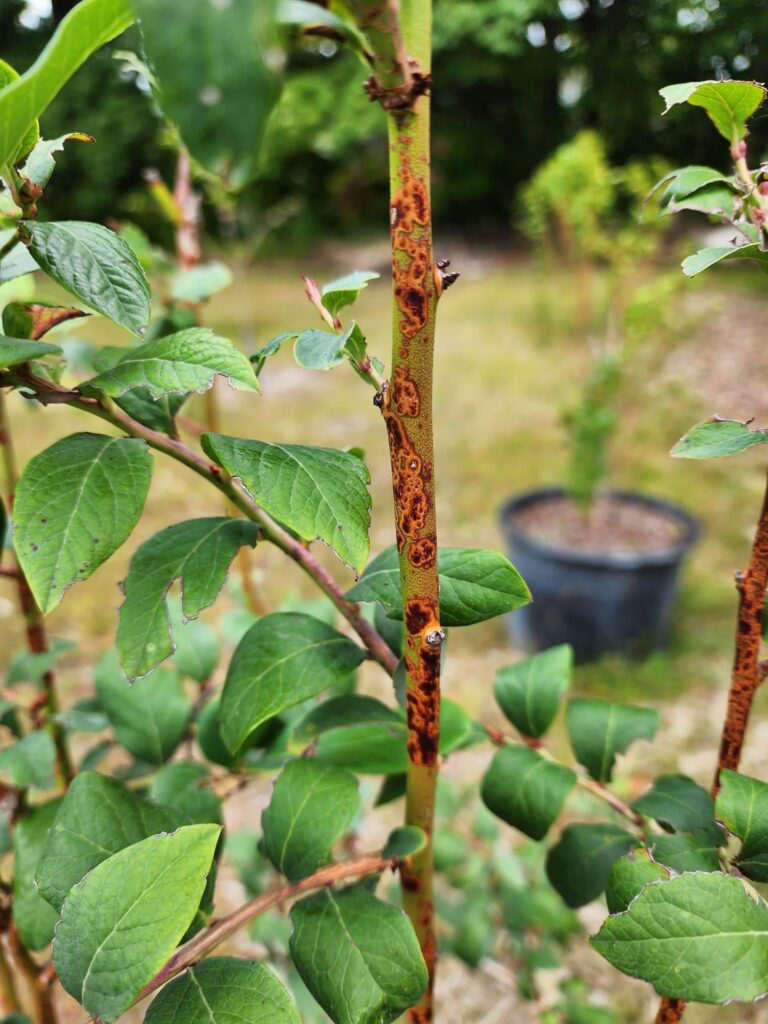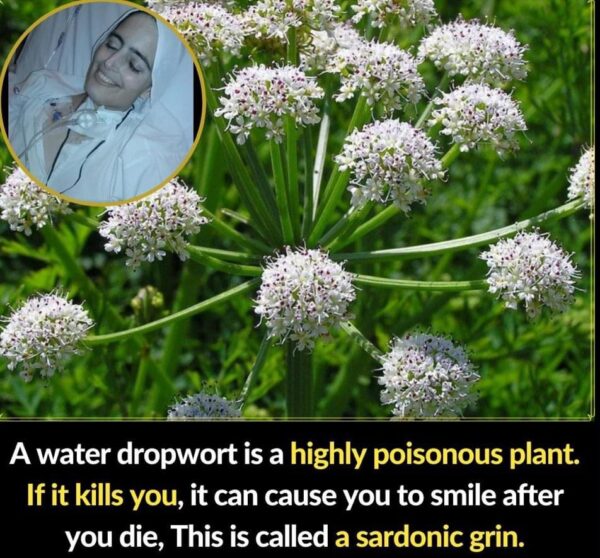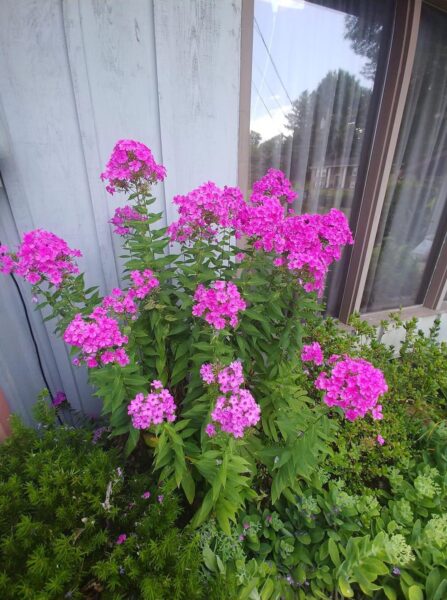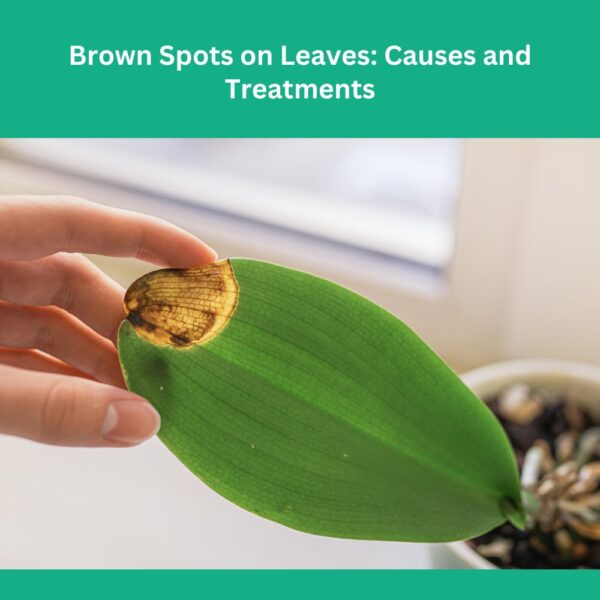Stem blight can be a gardener’s worst nightmare, especially when it comes to blueberry bushes. If you’ve noticed some unusual symptoms on your blueberry plants and can’t find a match on Google, you’re not alone. Stem blight is a common issue that can affect blueberry bushes, and it’s crucial to identify and treat it as soon as possible. This article aims to shed light on what stem blight is, how to identify it, and what steps you can take to manage it.

What is Stem Blight?
Stem blight is a fungal disease that affects the stems of blueberry bushes. It’s caused by various fungi and can lead to significant damage if not treated promptly. The disease can cause wilting, dieback, and ultimately, the death of the plant.
Identifying Stem Blight on Blueberry Bushes
The symptoms of stem blight can vary but generally include:
- Dark, sunken lesions on the stems
- Wilting or drooping of leaves
- Dieback of branches
- Premature leaf drop
If you’ve recently purchased your blueberry bushes and they’re around 4 years old, it’s crucial to inspect them regularly, especially if you live in areas like SW Michigan where the climate can be conducive to fungal diseases.
Causes and Conditions
Stem blight is more likely to occur under certain conditions, such as:
- High humidity
- Poorly drained soil
- Overcrowding of plants
- Stress due to transplanting or other environmental factors
Treatment Options
- Pruning: Remove the affected stems as soon as you notice any symptoms. Make sure to sterilize your pruning shears between cuts to prevent spreading the disease.
- Fungicides: Apply a suitable fungicide as a preventive measure, especially during wet and humid conditions.
- Improve Drainage: Make sure your blueberry bushes are planted in well-drained soil to reduce the risk of stem blight.
- Space Your Plants: Overcrowding can lead to poor air circulation, which is a contributing factor for stem blight. Make sure your plants are spaced adequately.
Prevention is Better Than Cure
- Regularly inspect your plants for any signs of disease.
- Keep the area around the bushes clean and free from debris.
- Use disease-resistant varieties whenever possible.
Stem blight can be a serious issue for blueberry bushes, but with prompt identification and treatment, you can manage the disease effectively. Keep an eye on your plants, especially if they are new and still getting established in your garden. With the right care and preventive measures, you can enjoy a healthy, fruitful blueberry harvest.
As an Amazon Associate we earn from qualifying purchases through some links in our articles.




